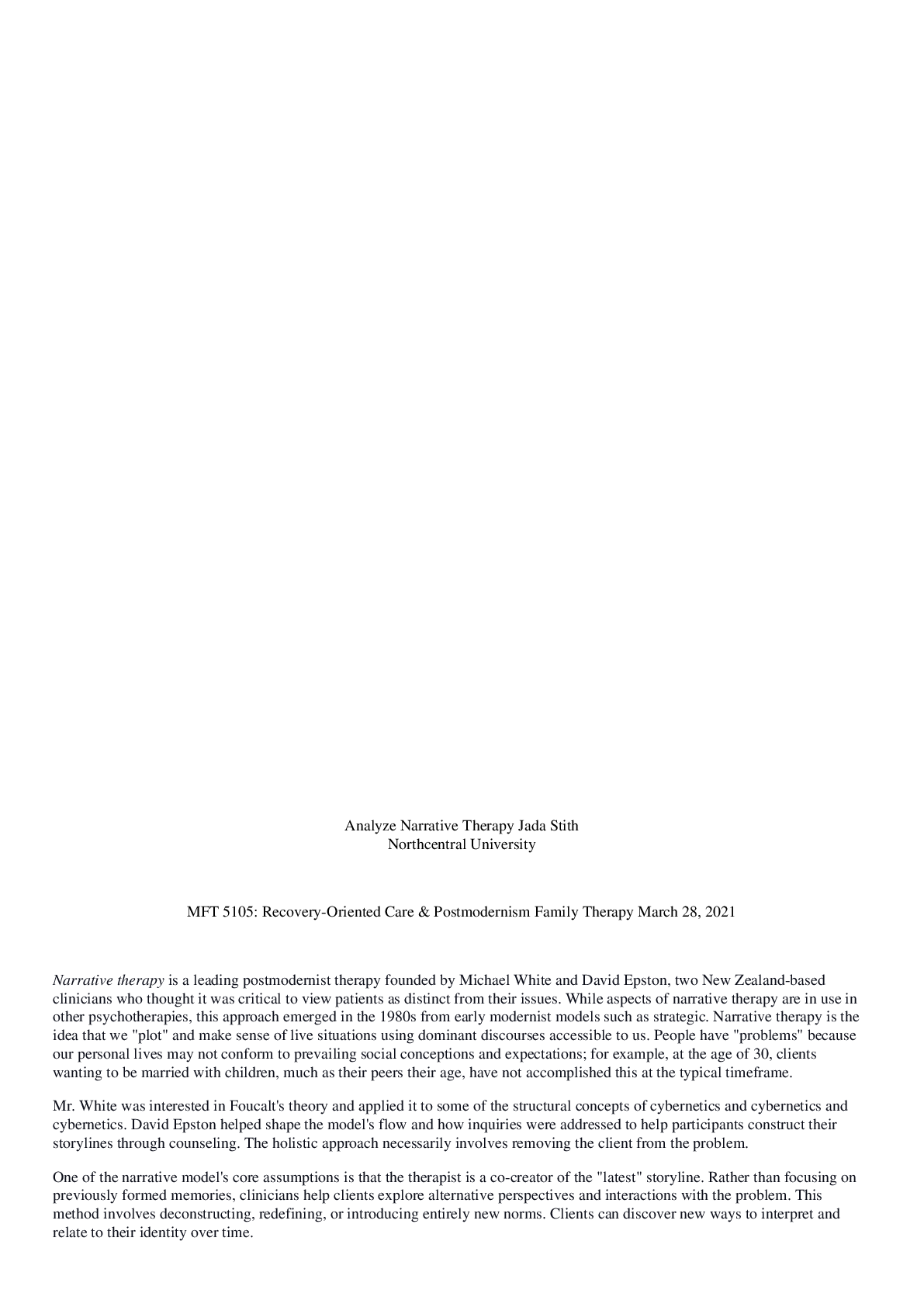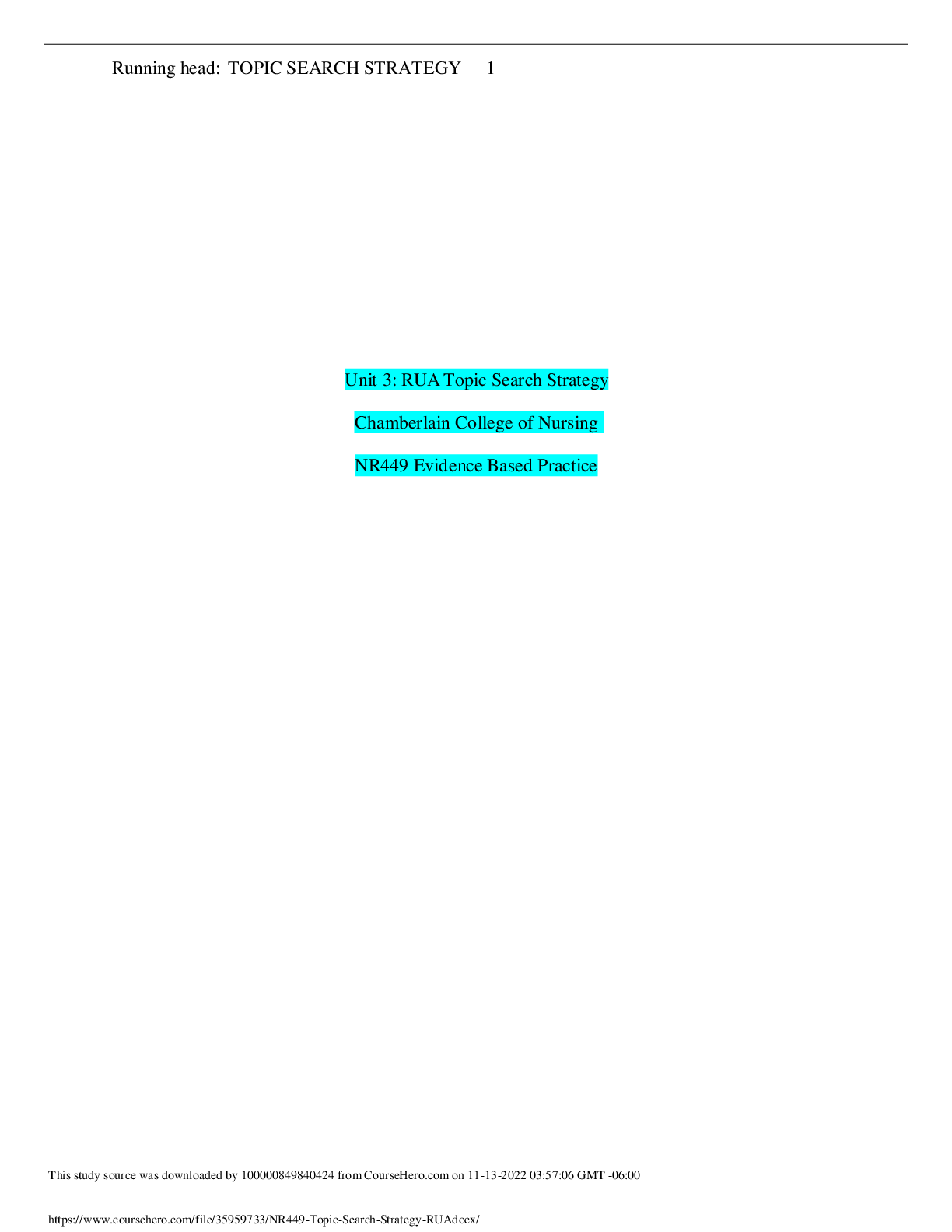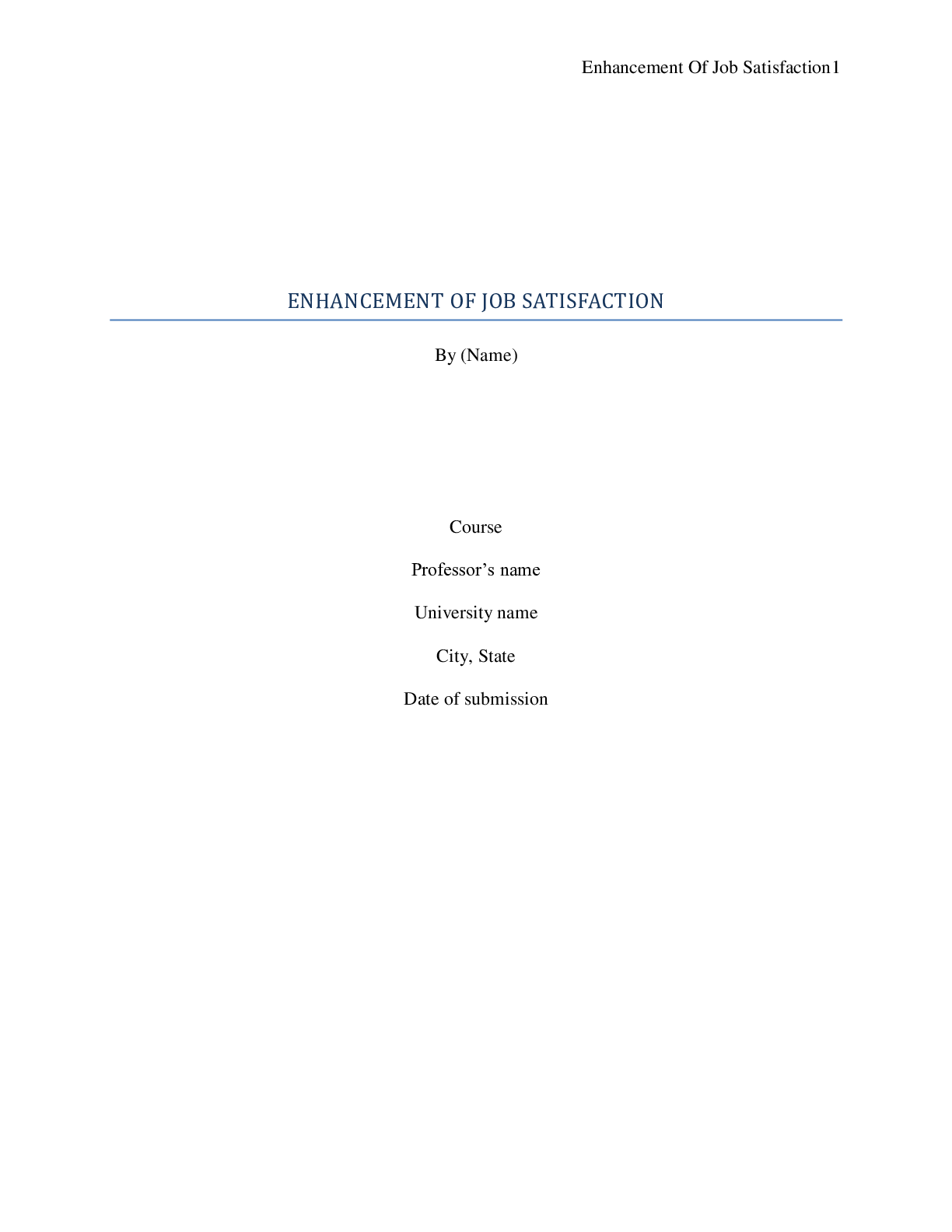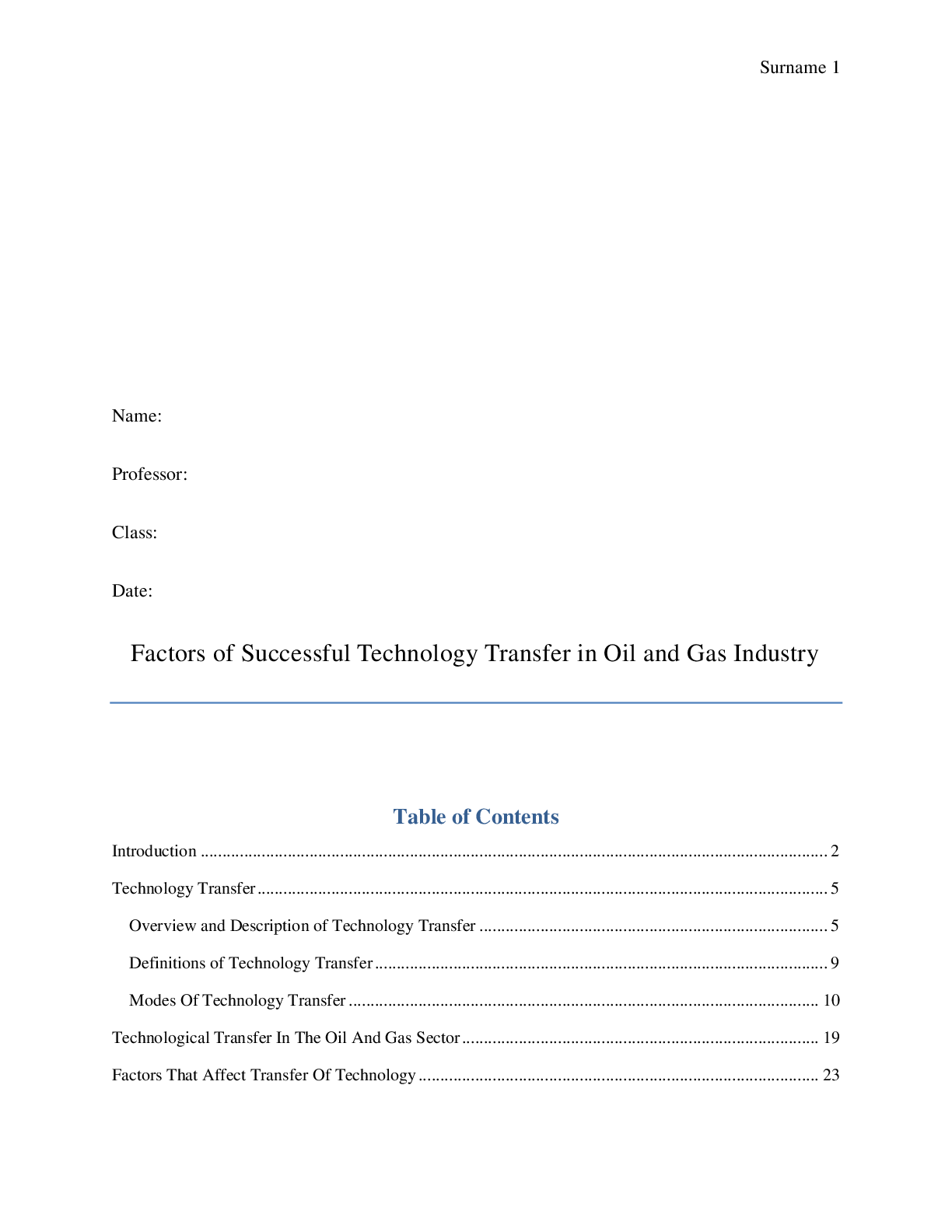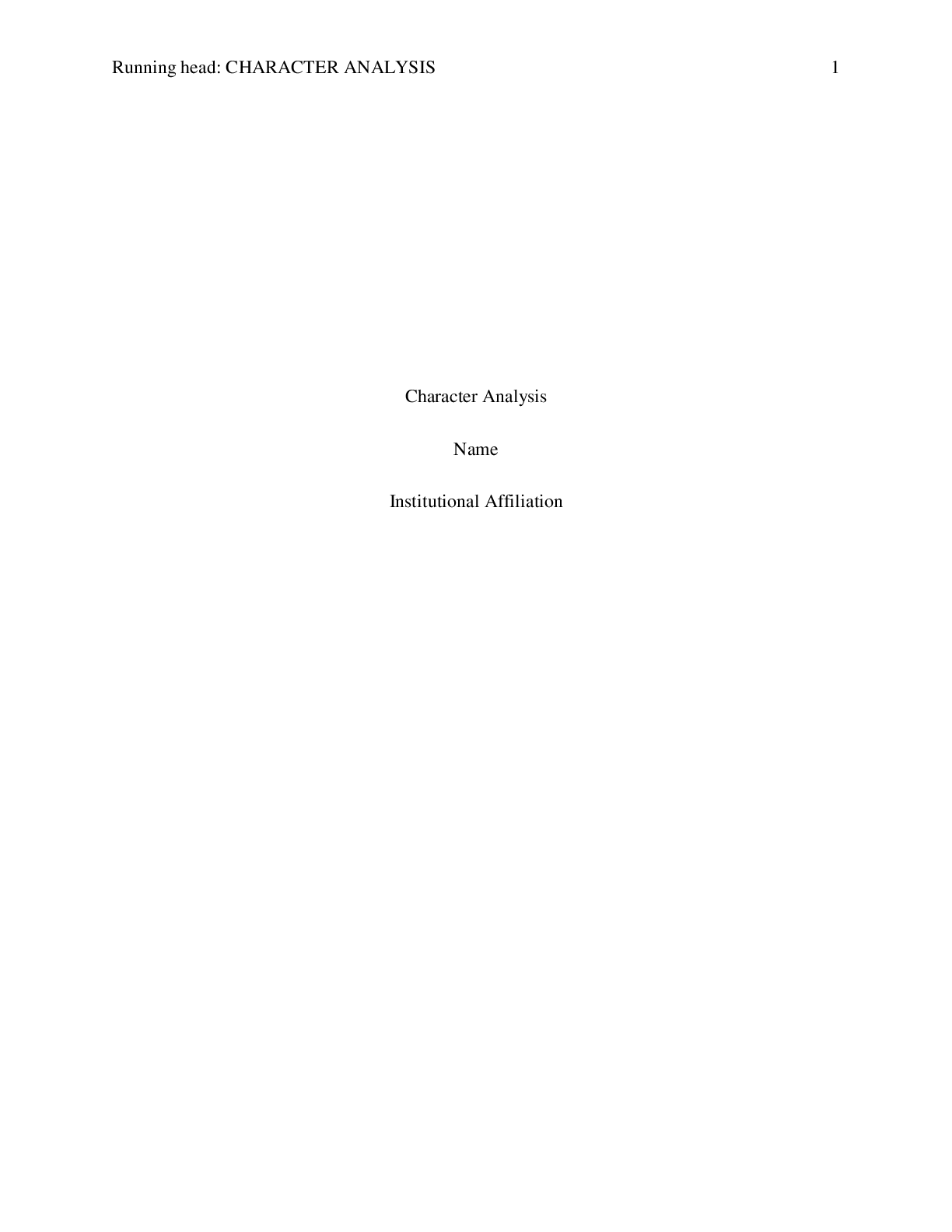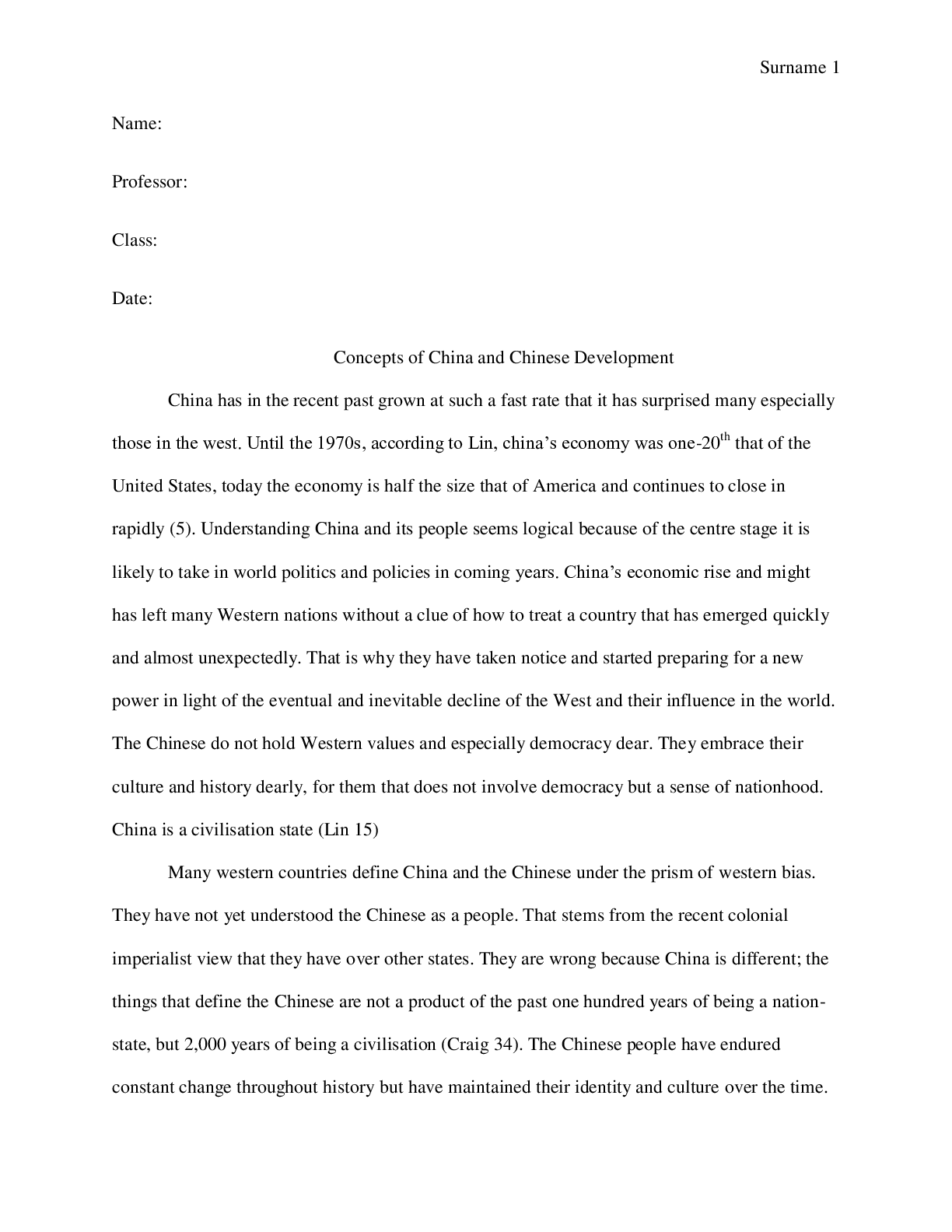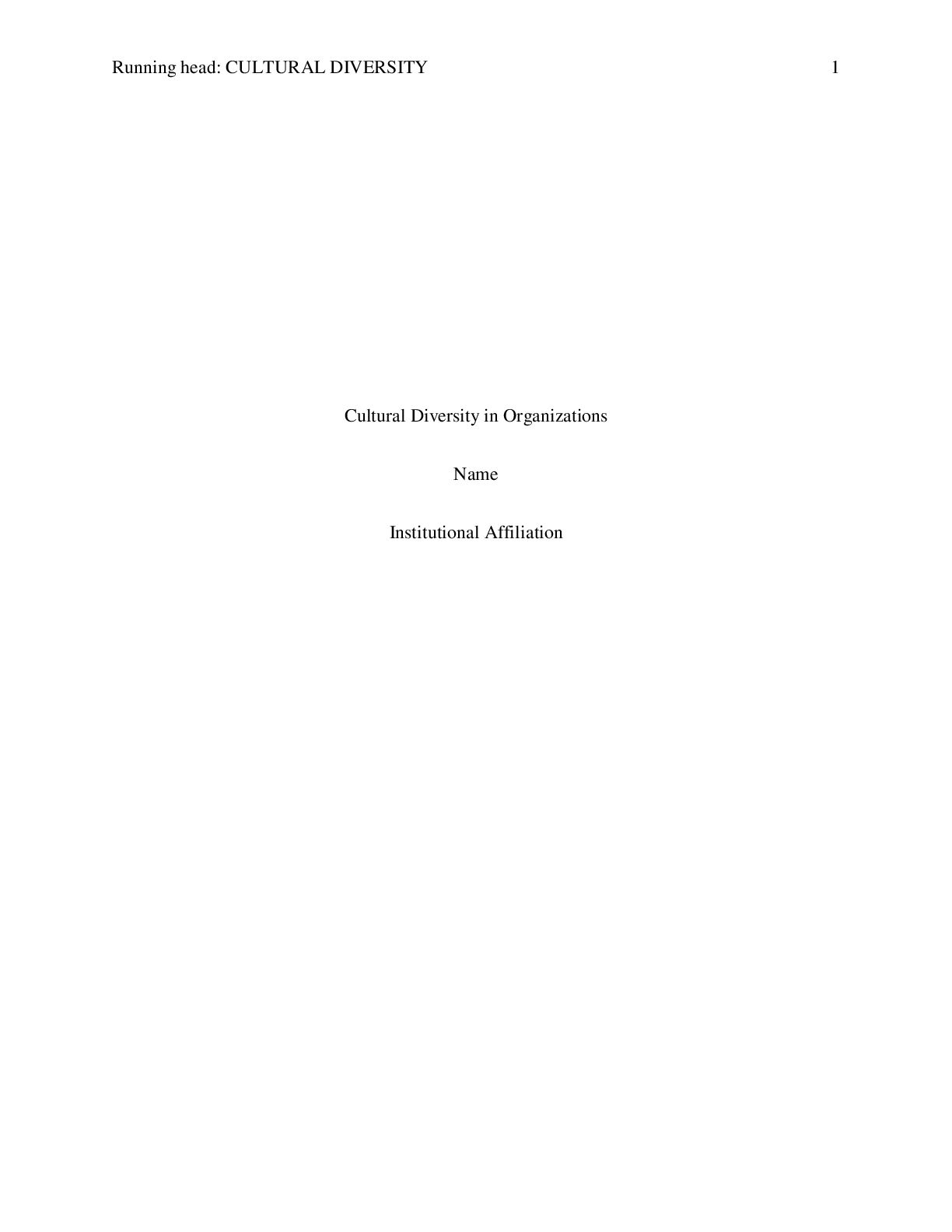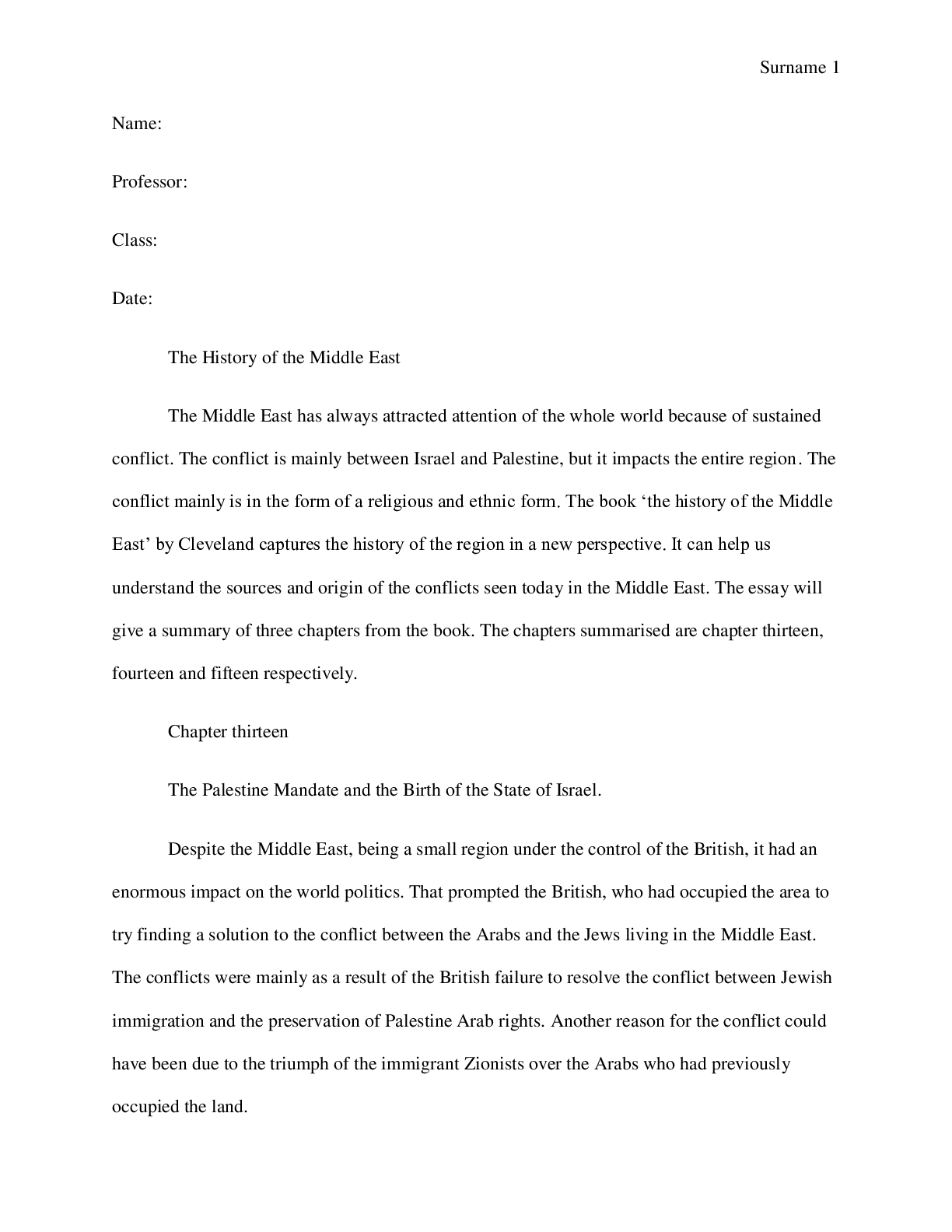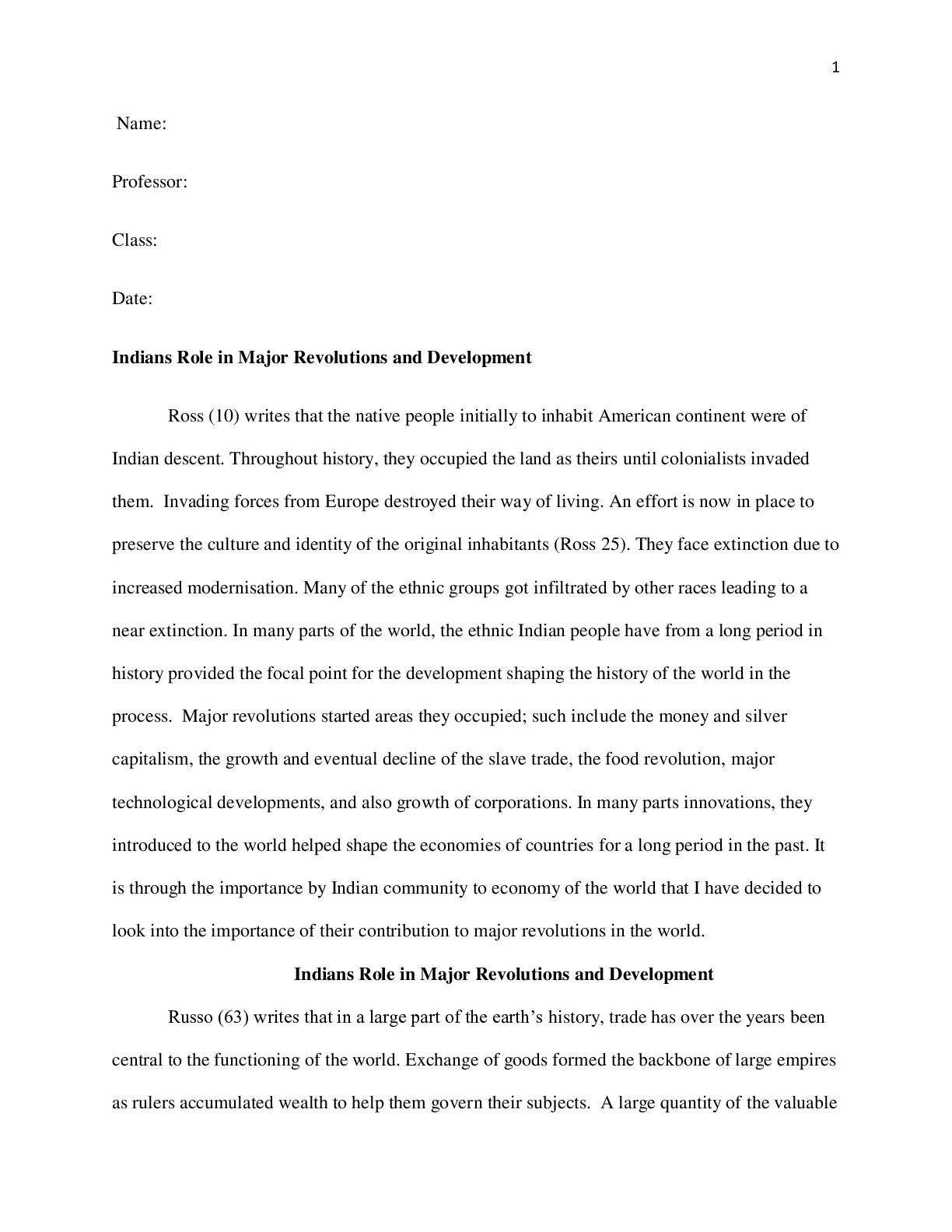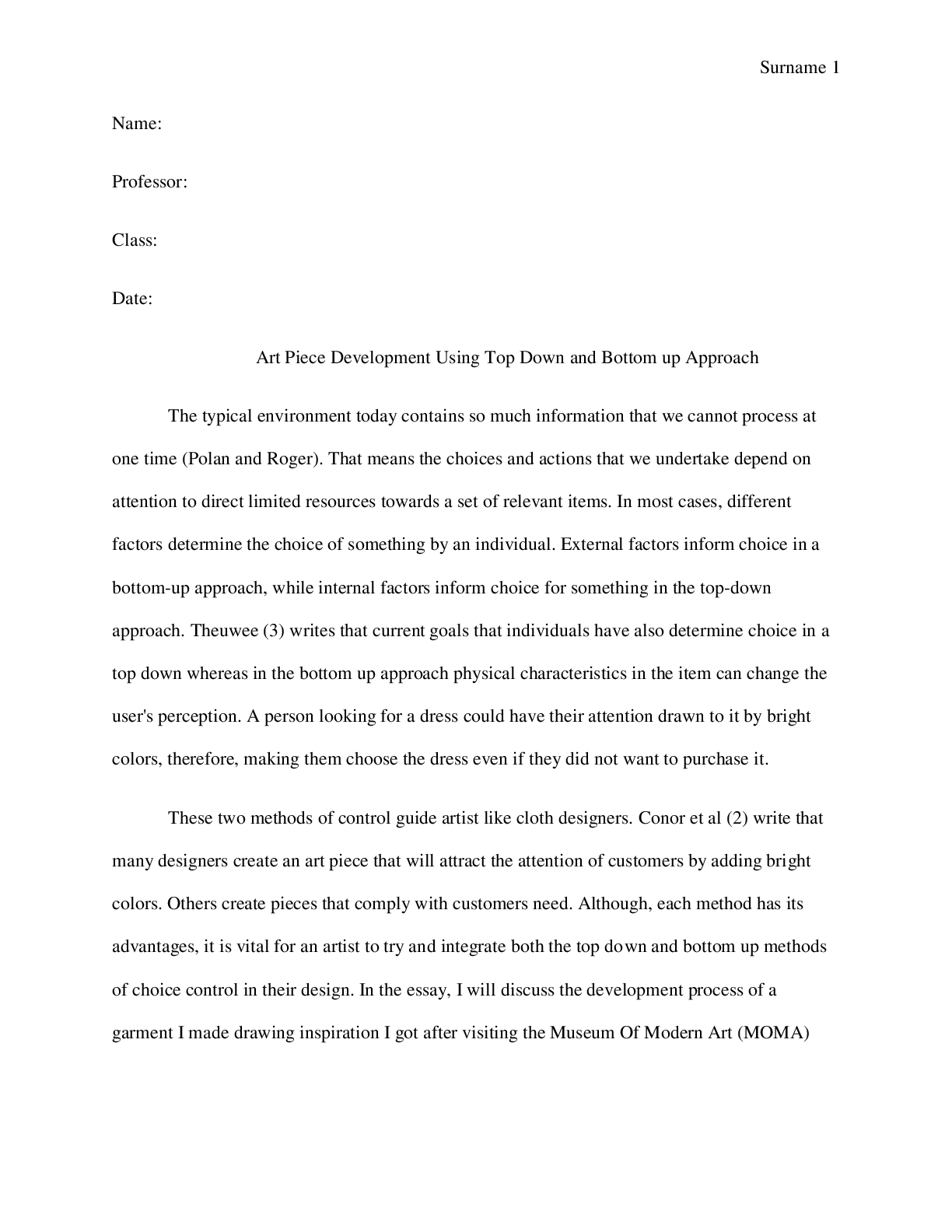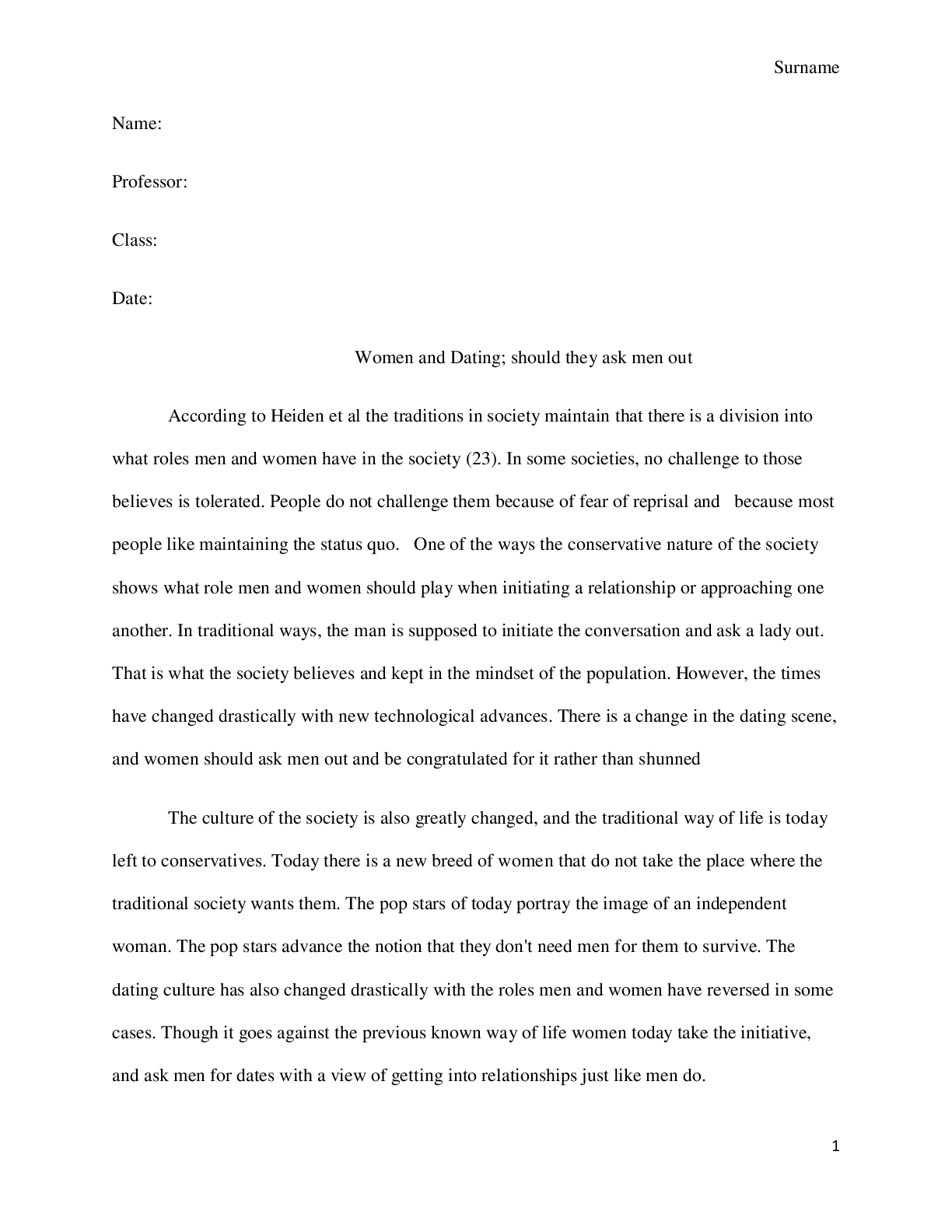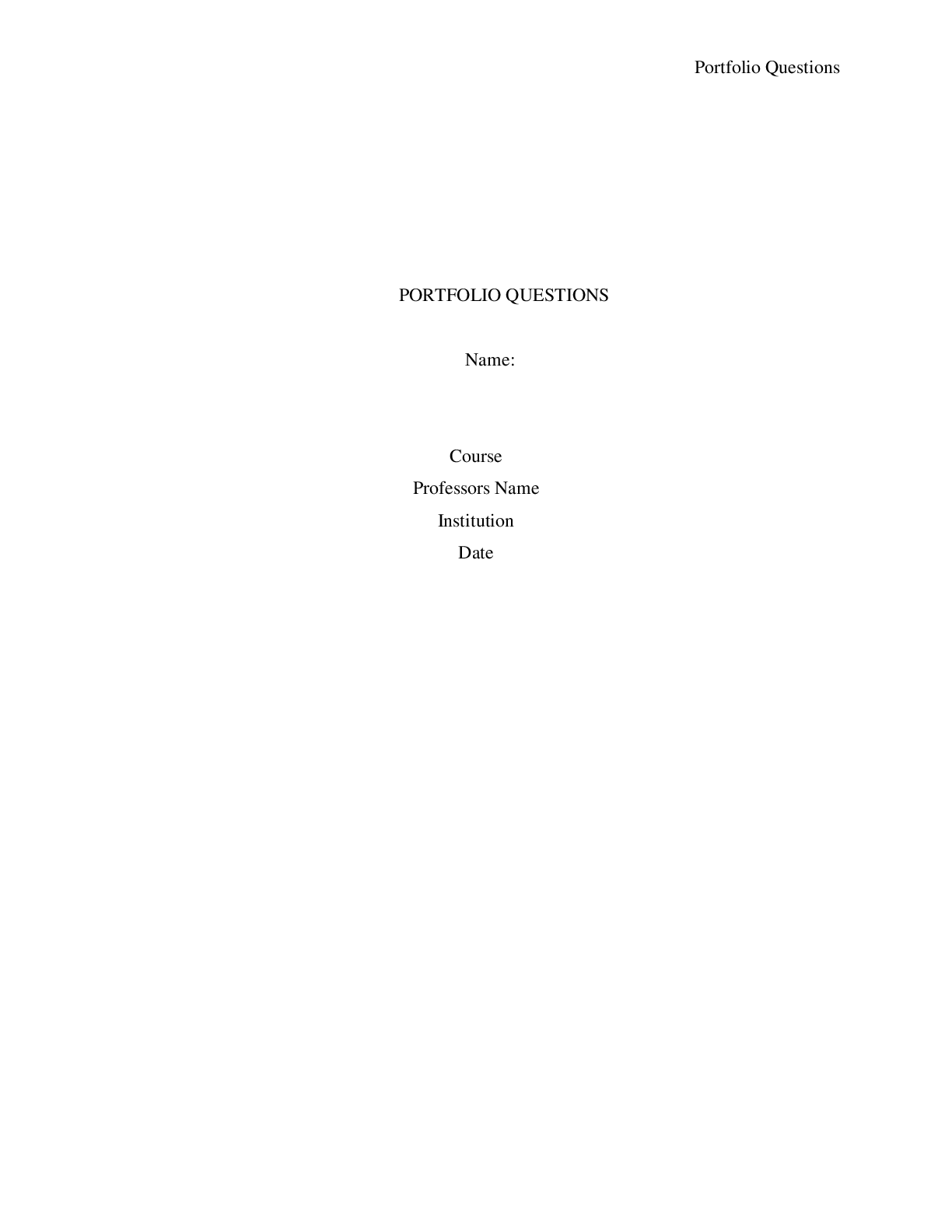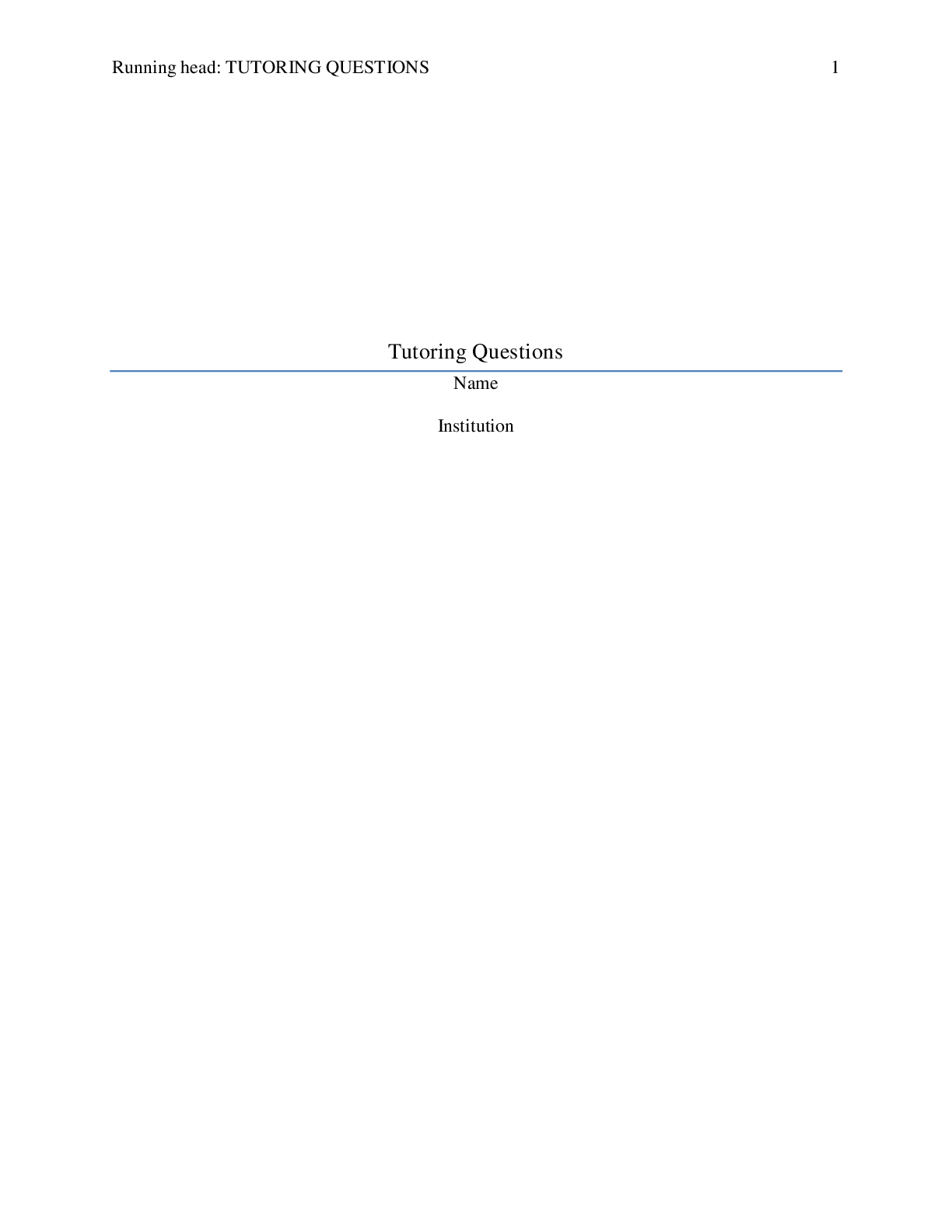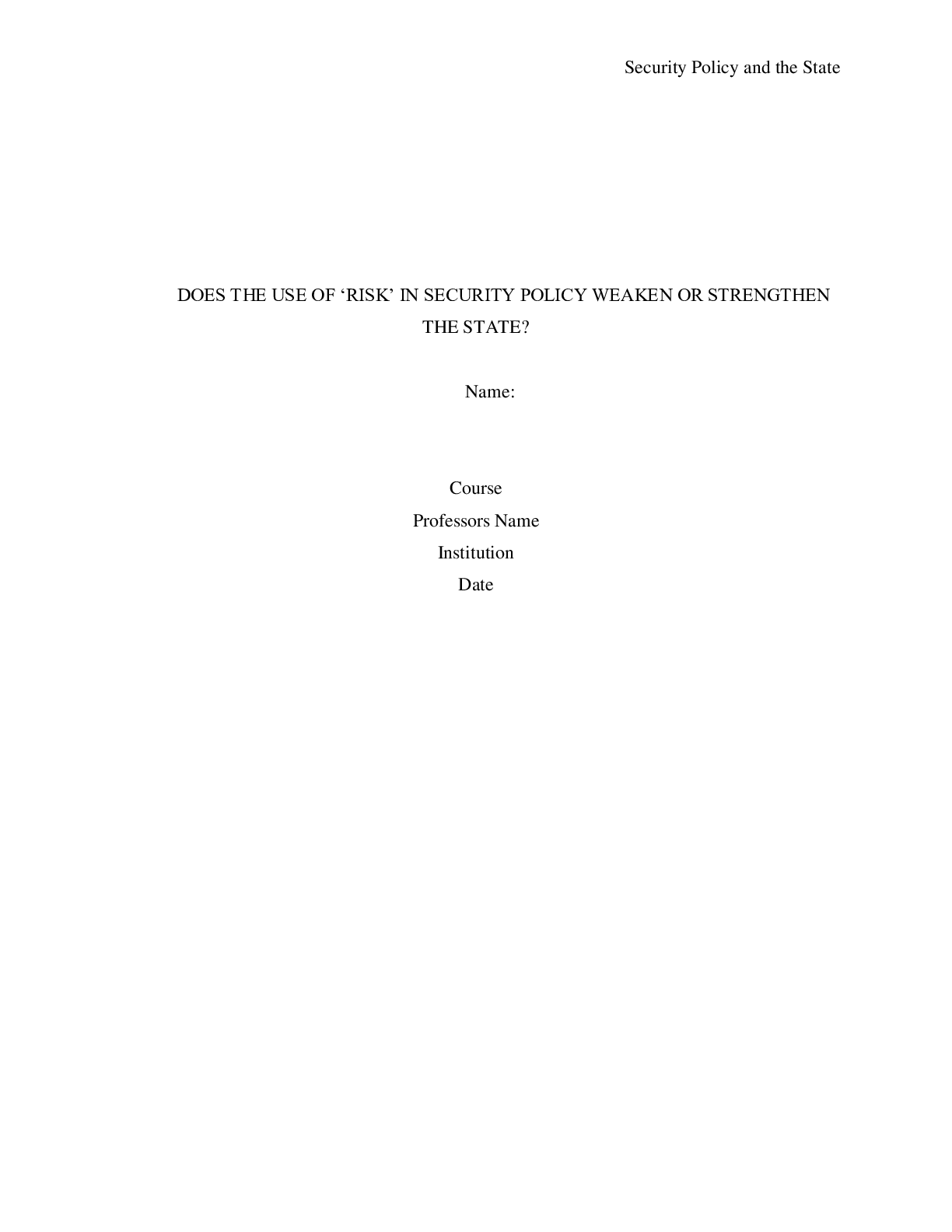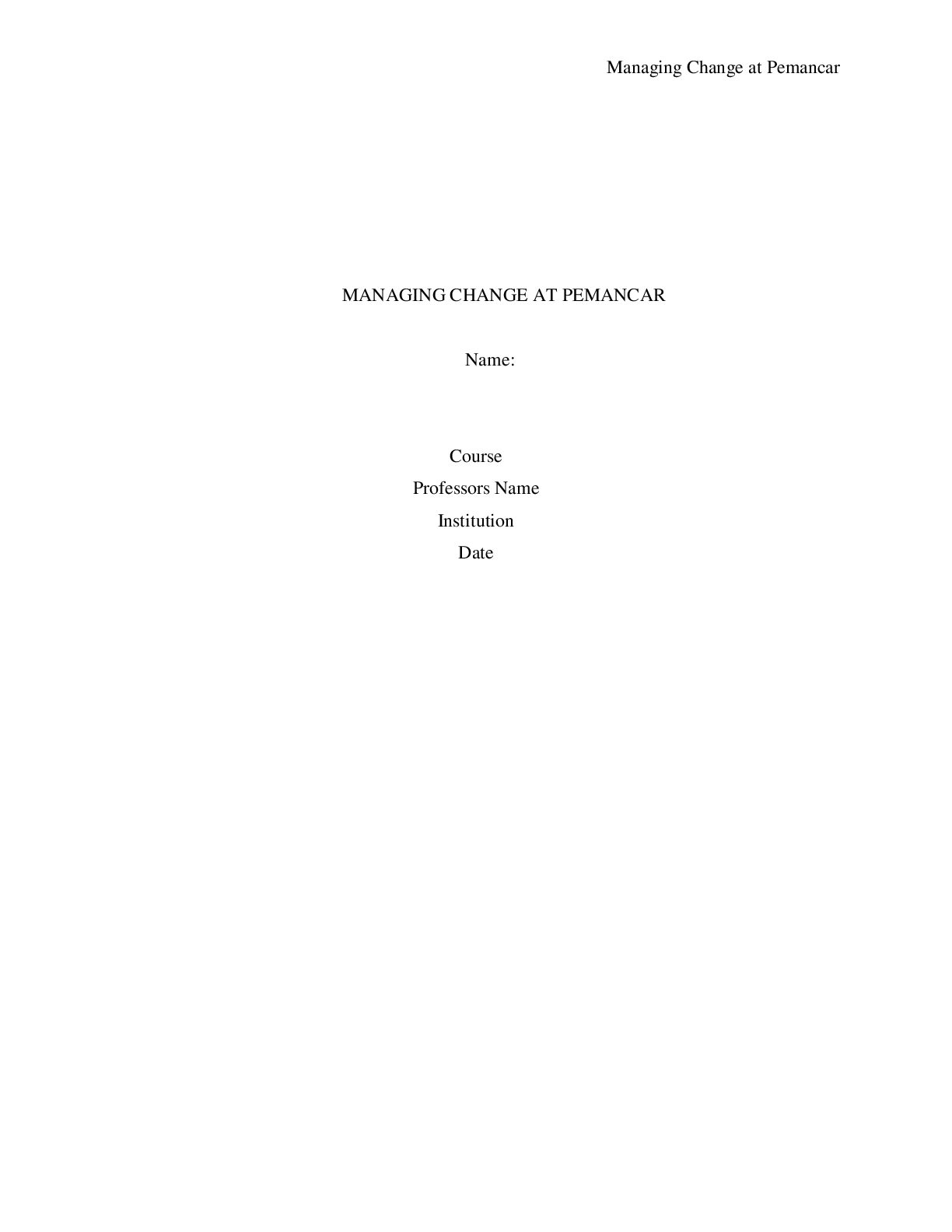Nephrology > ESSAY > NR449 Evidence Based Practice Unit 3: RUA Topic Search Strategy (All)
NR449 Evidence Based Practice Unit 3: RUA Topic Search Strategy
Document Content and Description Below
NR449 Evidence Based Practice Unit 3: RUA Topic Search Strategy NR449 Evidence Based Practice Unit 3: RUA Topic Search Strategy Chamberlain College of N... ursing Clinical Question The topic delegated to my team is improving hospital discharge through medication reconciliation and education. This topic highlights the errors made by patient, caregivers and family members because either of the lack of education during discharge or the lack of resources to help them truly comprehend what is being explained during discharge processes and it also highlights the important of medication reconciliation. In recent times , I cannot put a number on the amount of articles I’ve read that detailed in deaths of patients due to self-dosage errors or medication mixing when they’re supposed to be taken at separate times. The goal of my team is to investigate ways to improve the hospital discharge process and also highlight how it negatively impacts the medical field. Clinical questions and answers will be developed by PICOT to assist in the conduct of research on this issue. The population pertains to doctors and nurses that participate in discharge processes. The intervention would be an execution of new policies and procedures during the discharge process. The comparison would be between the current discharge process versus the one that is implemented with patient safety in mind. The outcome or aim is to improve the quality of treatment, the health of patients, and transparency in the discharge process. Length of time could refer to the minutes to explain everything in full to patients and family member during discharge .The PICOT question I formulated is: Does implementing new discharge processes and teaching to nurses and doctors provide more education and medication reconciliation to improve the quality of care patients receive after being discharged ? The purpose of this RUA paper is to examine the research techniques used to classify two articles pertaining to the proposed PICOT problem. Levels of Evidence In order to continue research on this project, it is important to find information that is supported by evidence. I used the mixed method to carry out my research, which includes both quantitative and qualitative designs. Quantitative research designs deal with measurements and can check hypotheses to classify relationships or gauge the impact of interventions on outcomes. Such designs may be cross-sectional, longitudinal, prospective or retrospective, depending on the time factor (Houser, 2018). Qualitative designs are chosen to understand the meaning of phenomena and may form the basis of theories (Houser, 2018). With both of these research methods, we can find correlational data as well as using retrospective data about improving patient discharge methods. I can also say that this would be an exploratory and experimental study because based on the methods that we choose to address the phenomenon; we need data and statistics to prove that those methods do indeed improve discharge methods. The question being asked indicates if there are any ways to improve discharge processes and the article, I found answer to the tune of educating nurses and doctors on better discharge methods. Search Strategy When conducting research on improving the discharge process in hospital settings the terminology used that related to my PICOT question were "improving discharge process," "improving discharge teaching comprehension," "improving hospital discharge through education", and “improving discharge through medication reconciliation and education”. I chose to use the CINAHL and Google Scholars database. Both databases displayed articles, links, and documents; however, the CINAHL only had 12 results, while Google Scholars had about 600,000 results. The range difference in the search results was terrific, so I tried altering the results by currency. I limited the publication dates between 2010-and 2019. Both databases again displayed results; however, the CINAHL now only had 10 effects, while Google Scholars had about 18,500 results. The filter I used drastically reduced the Google Scholars website results, which made me look closer at the results, and I realized that not all of them were scholarly. Some were articles from for-profit companies, some from governmental organizations, some from non- profit organizations, and other educational sites. Yet, they were all over the place and made it hard to decipher the credible ones. The CINAHL database has filters in place to help you narrow your search as well and links to access all the documents within the results. It also shows the publishers, credentials, and authors of each article right underneath the result so you can determine the originality. The two article I chose came from the CINAHL database. In the first article I chose , Mallory et al. (2017) stated: " discharge medications are a key component to safe hospital discharge and challenges with medication access and caregiver understanding of administration instructions can lead to medication errors, hospital readmissions, and poor outcomes." This statement piqued my interest and I later found the article supported my PICOT question because it refers to the “teach-back” method and having caregivers to repeat back instructions they were given to improve caregiver understanding and prevent administration errors. The second article I found, Using “Teach-Back” to Promote a Safe Transition From Hospital to Home: An Evidence-Based Approach to Improving the Discharge Process, is a study that uses the “teach-back” method as an educational intervention on nurses’ teaching practices and their perceptions of patient and family understanding of discharge instructions when compared to the current method of discharge teaching (Komburger et al , 2013). This article is relevant to my research because it highlights new methods to improve discharge methods and it also relates the correlation of the new methods versus the old methods and how it pertains to patient and family understanding during the discharge process. Conclusion To ensure that information we obtain is relevant to the research information and articles for the group project, we can start with the development of PICOT questions. PICOT questions will help us concentrate our work on the issue of implementing new discharge policies or teaching new discharge methods. The use of both qualitative and quantitative approaches and the evidence-based research papers will help us to find some suitable solutions for our problem. [Show More]
Last updated: 1 year ago
Preview 1 out of 3 pages
Instant download

Instant download
Reviews( 0 )
Document information
Connected school, study & course
About the document
Uploaded On
Nov 07, 2022
Number of pages
3
Written in
Additional information
This document has been written for:
Uploaded
Nov 07, 2022
Downloads
0
Views
62

